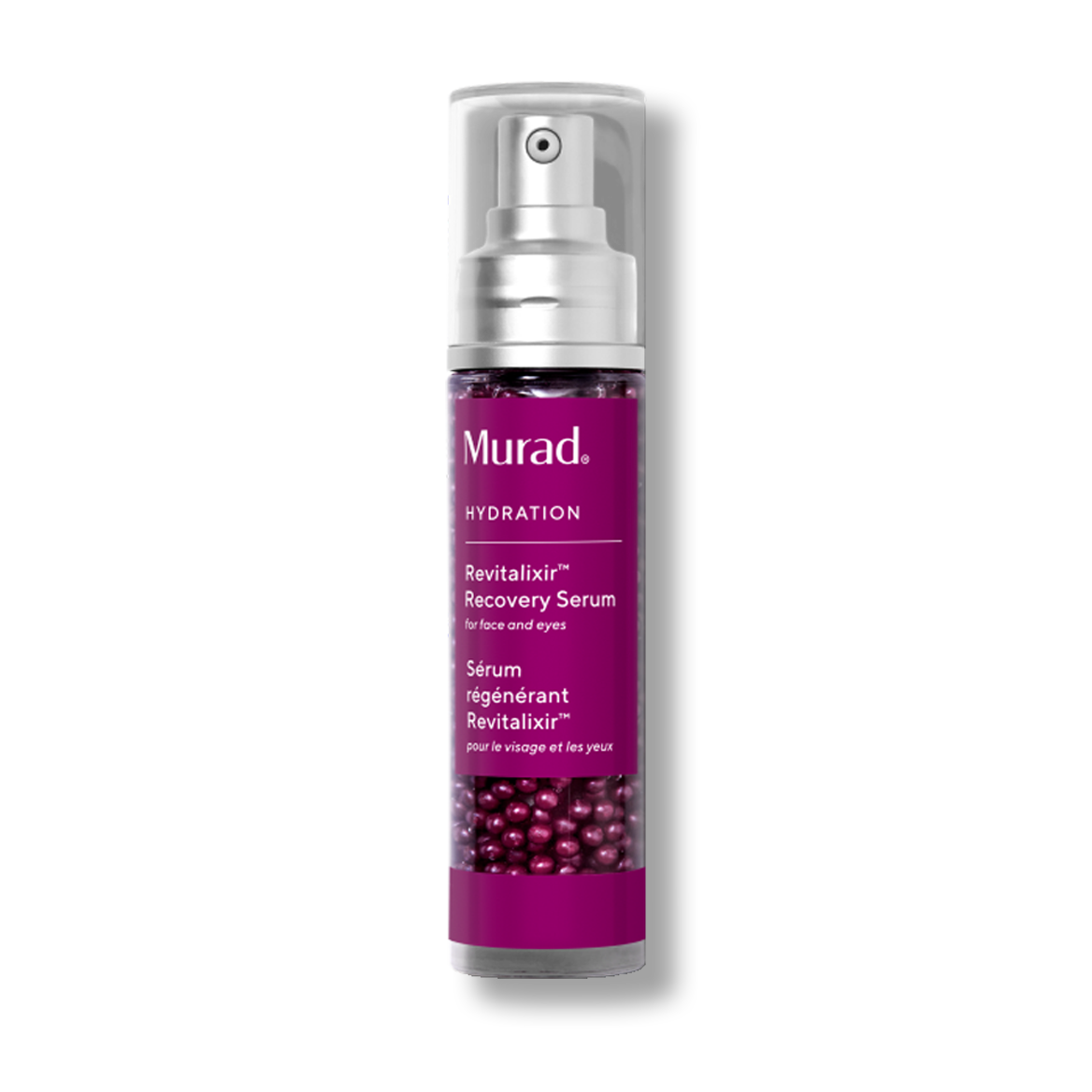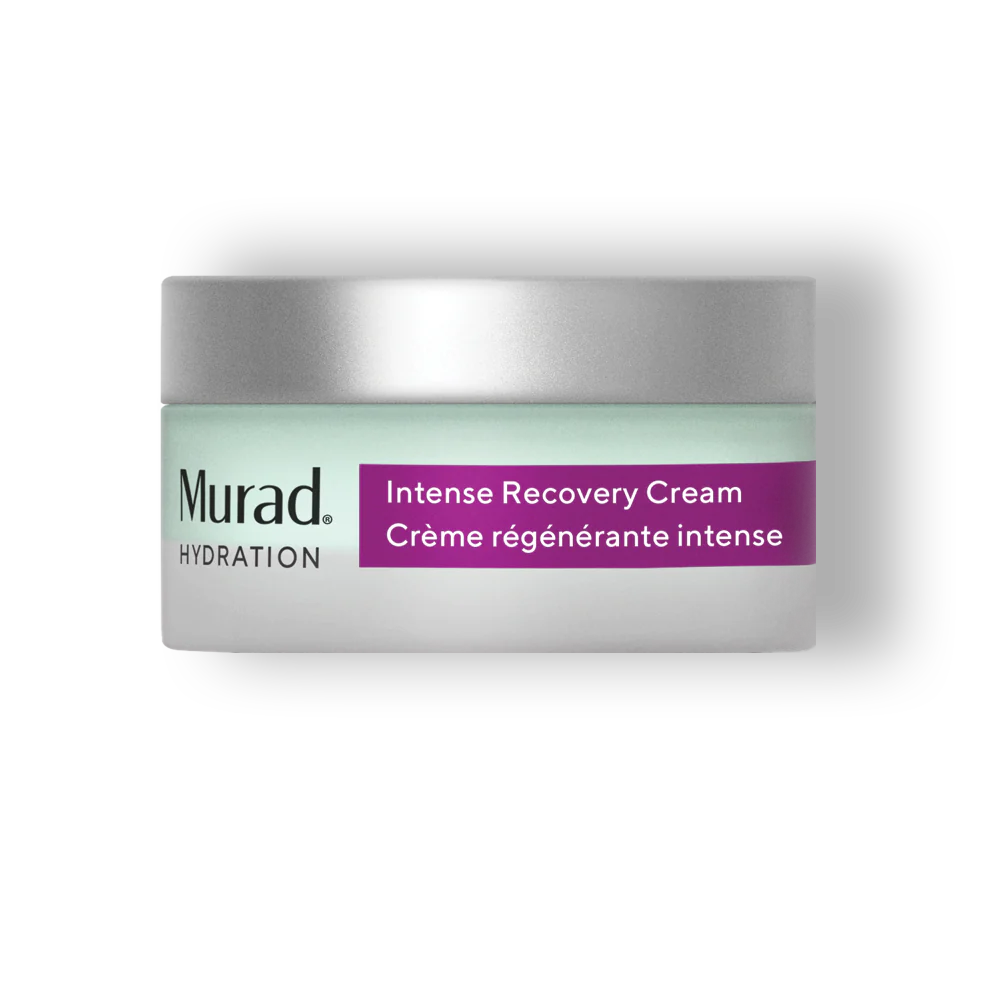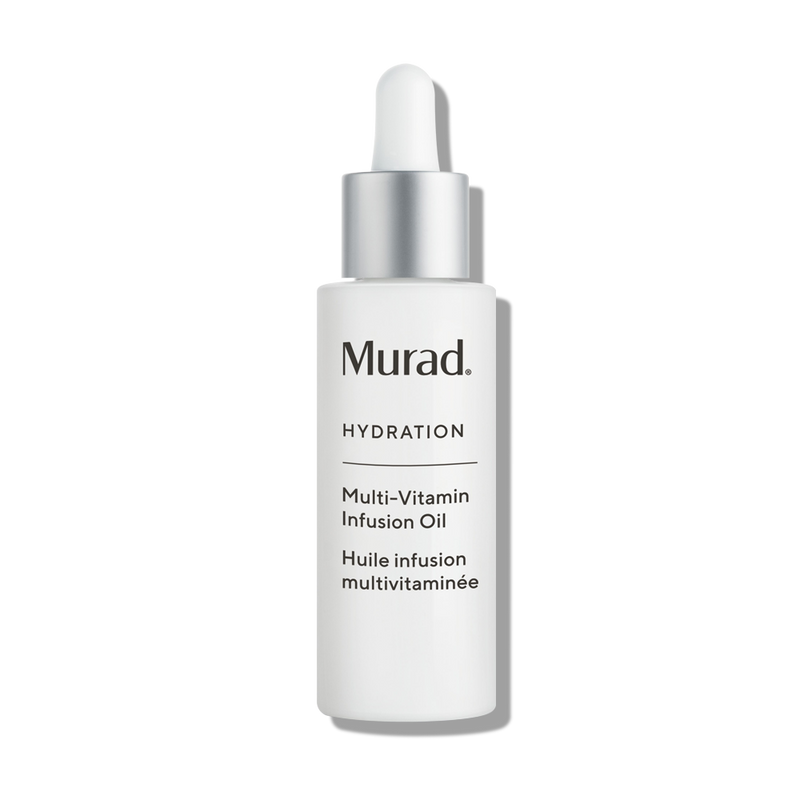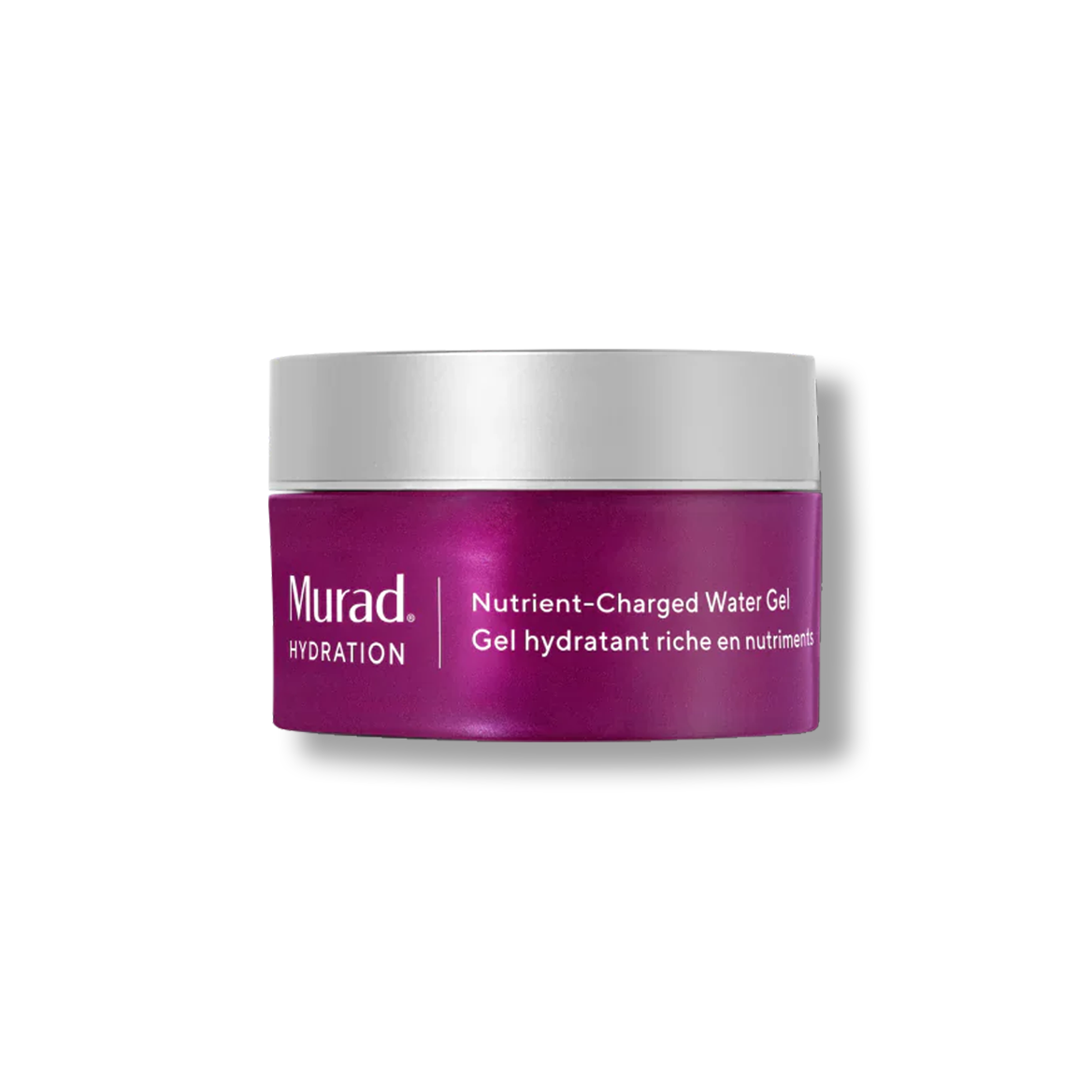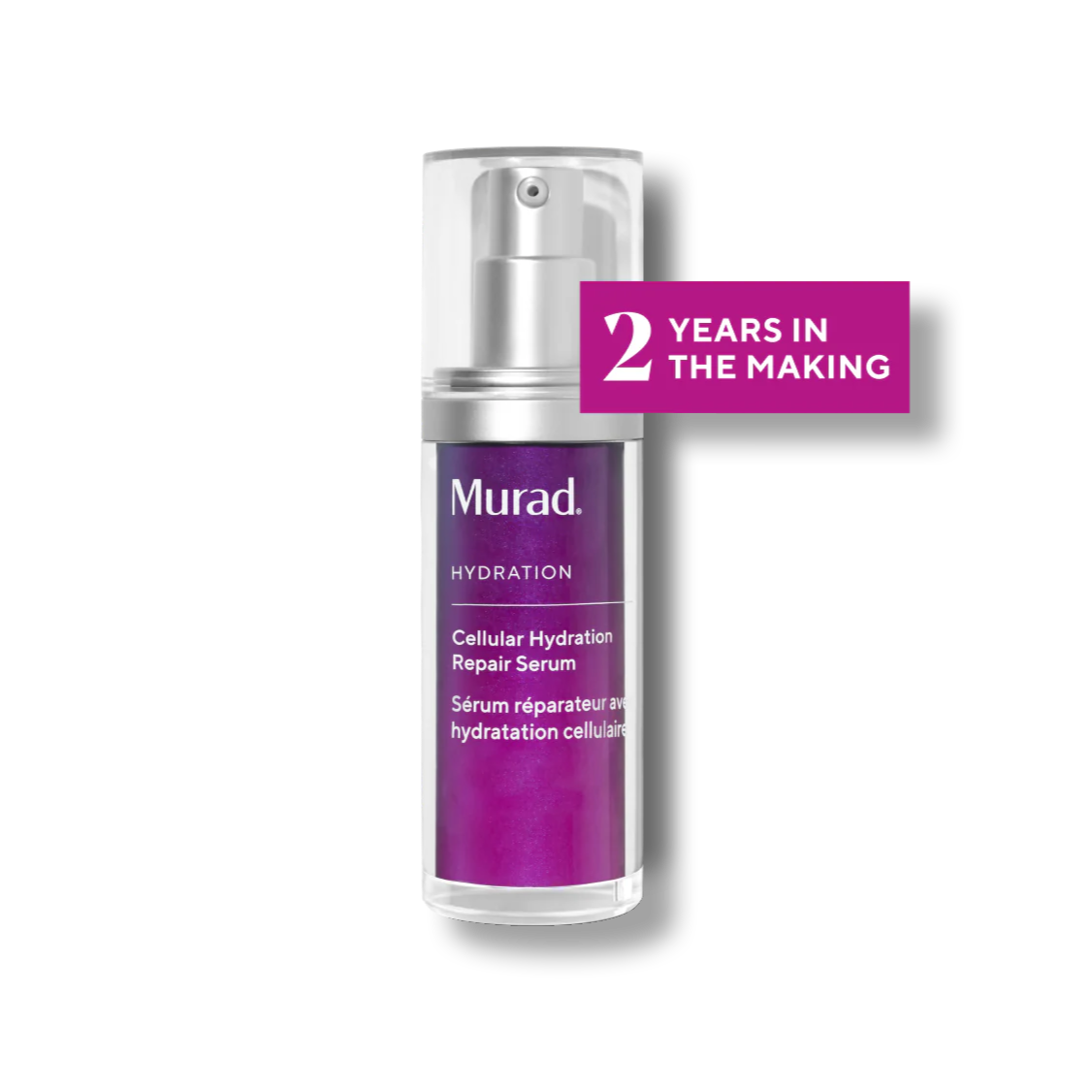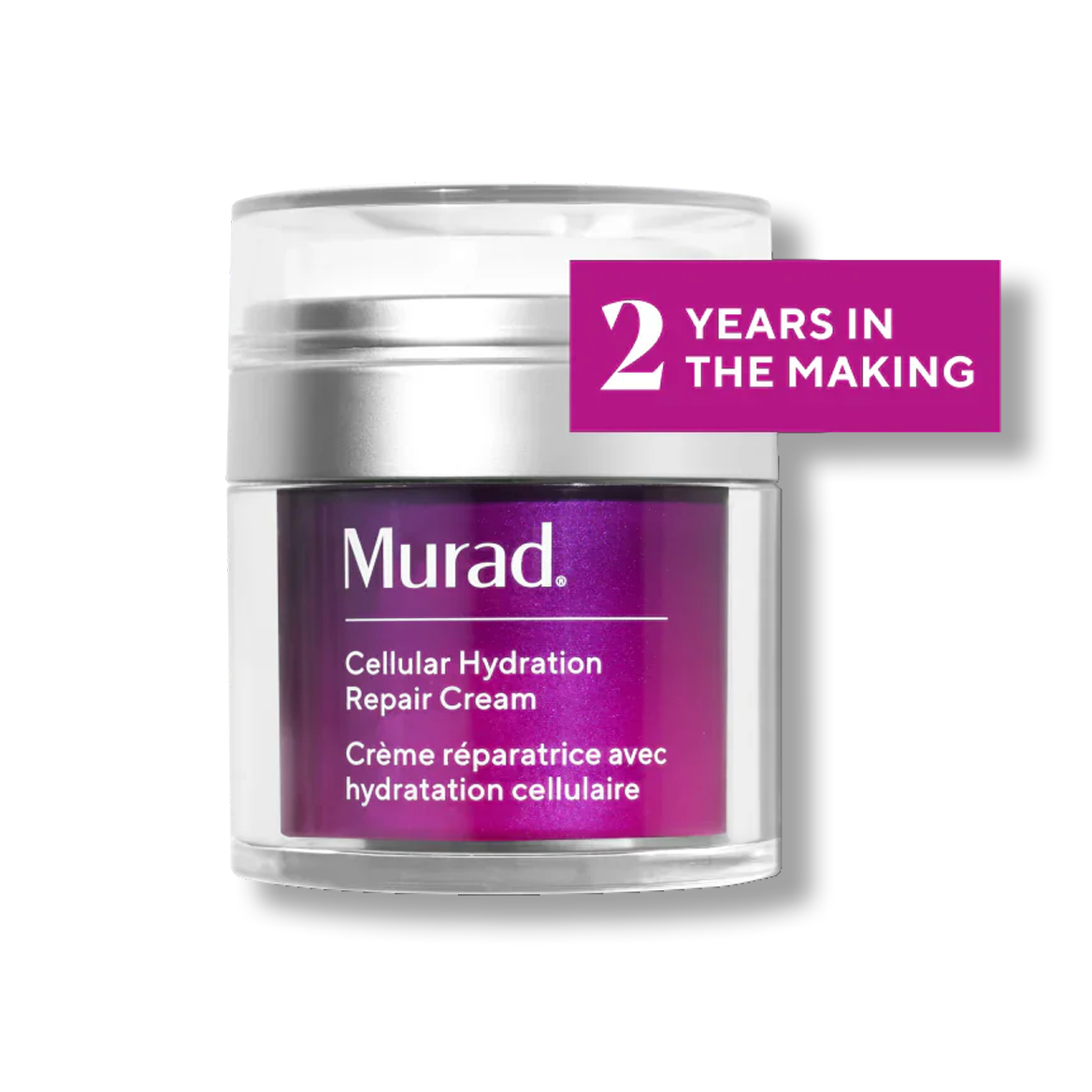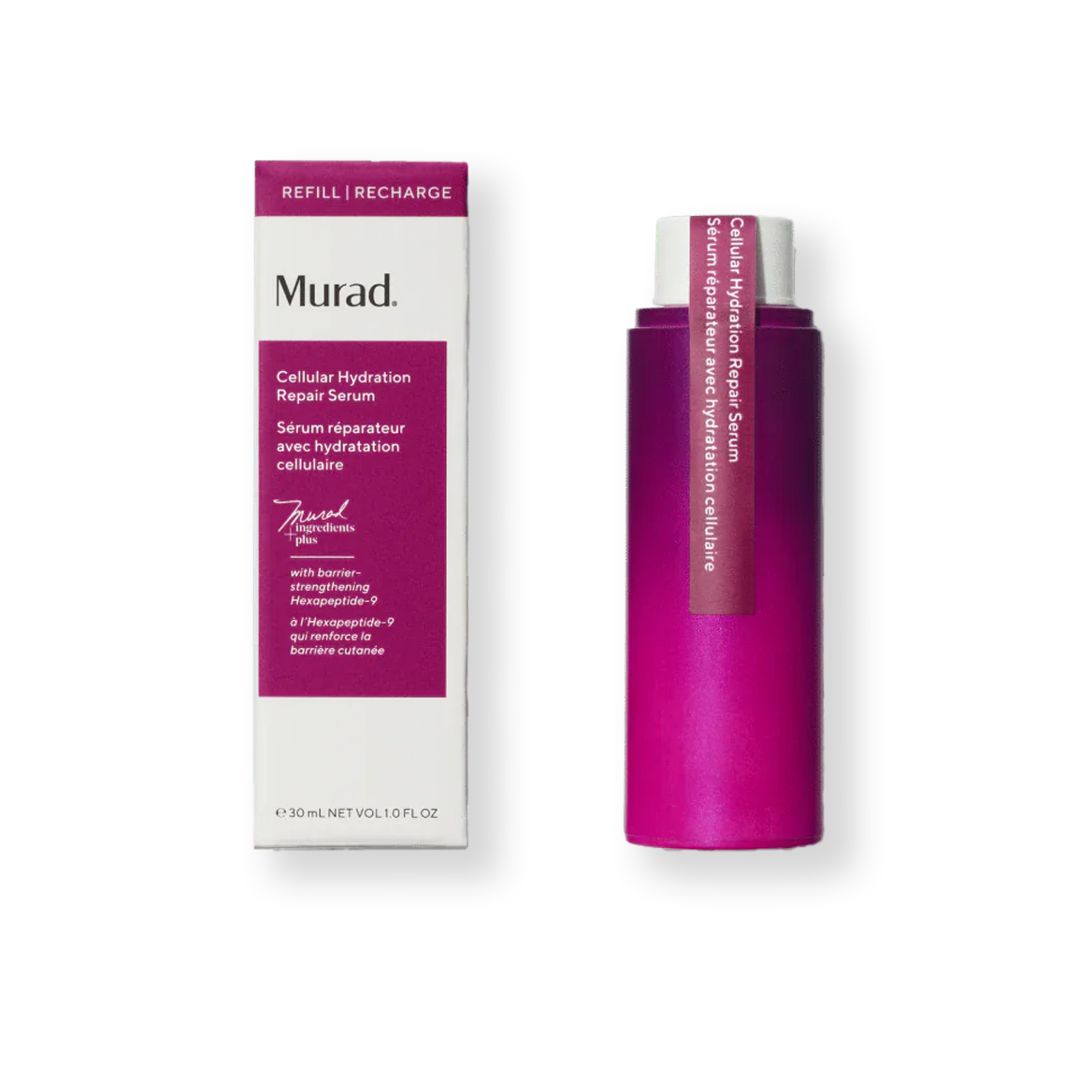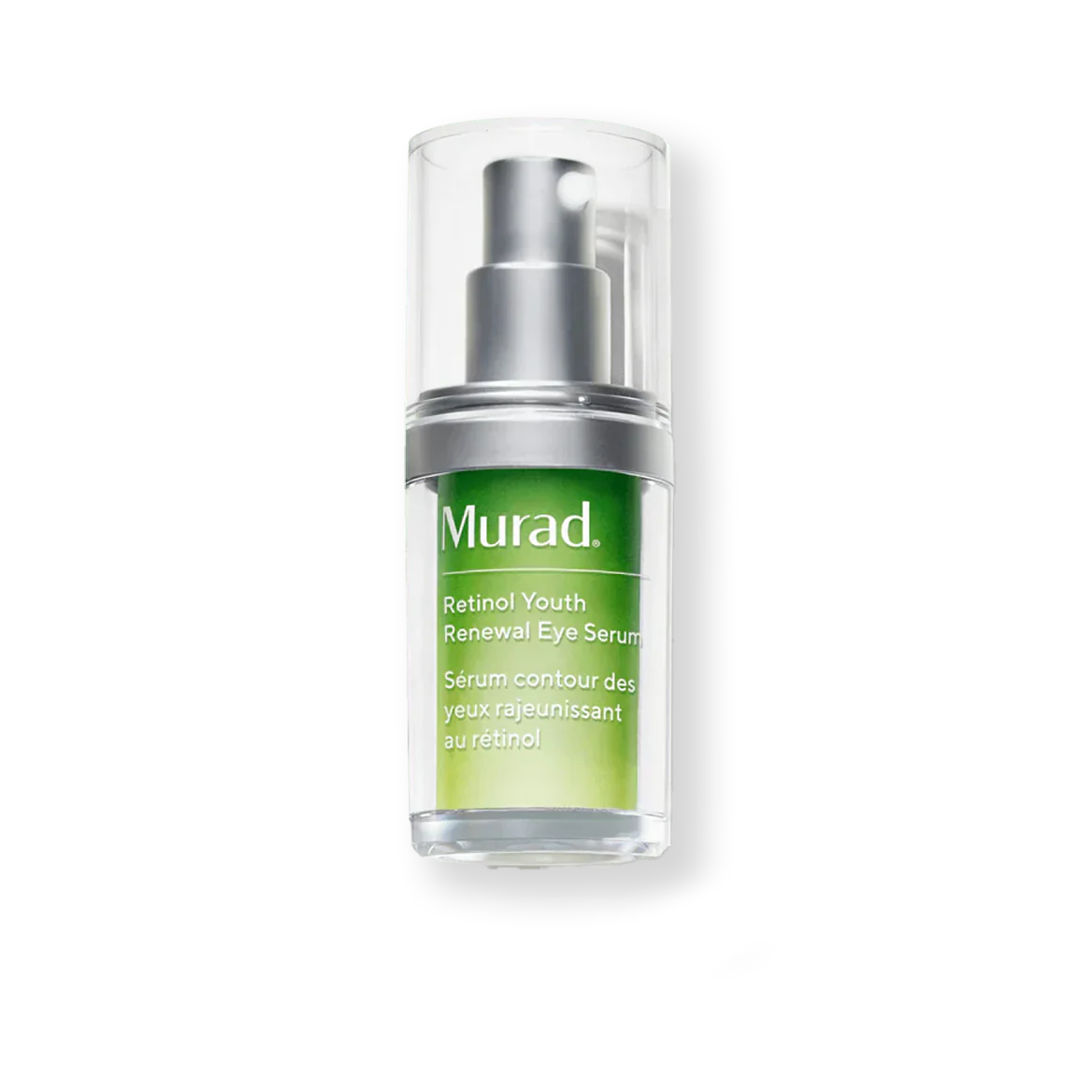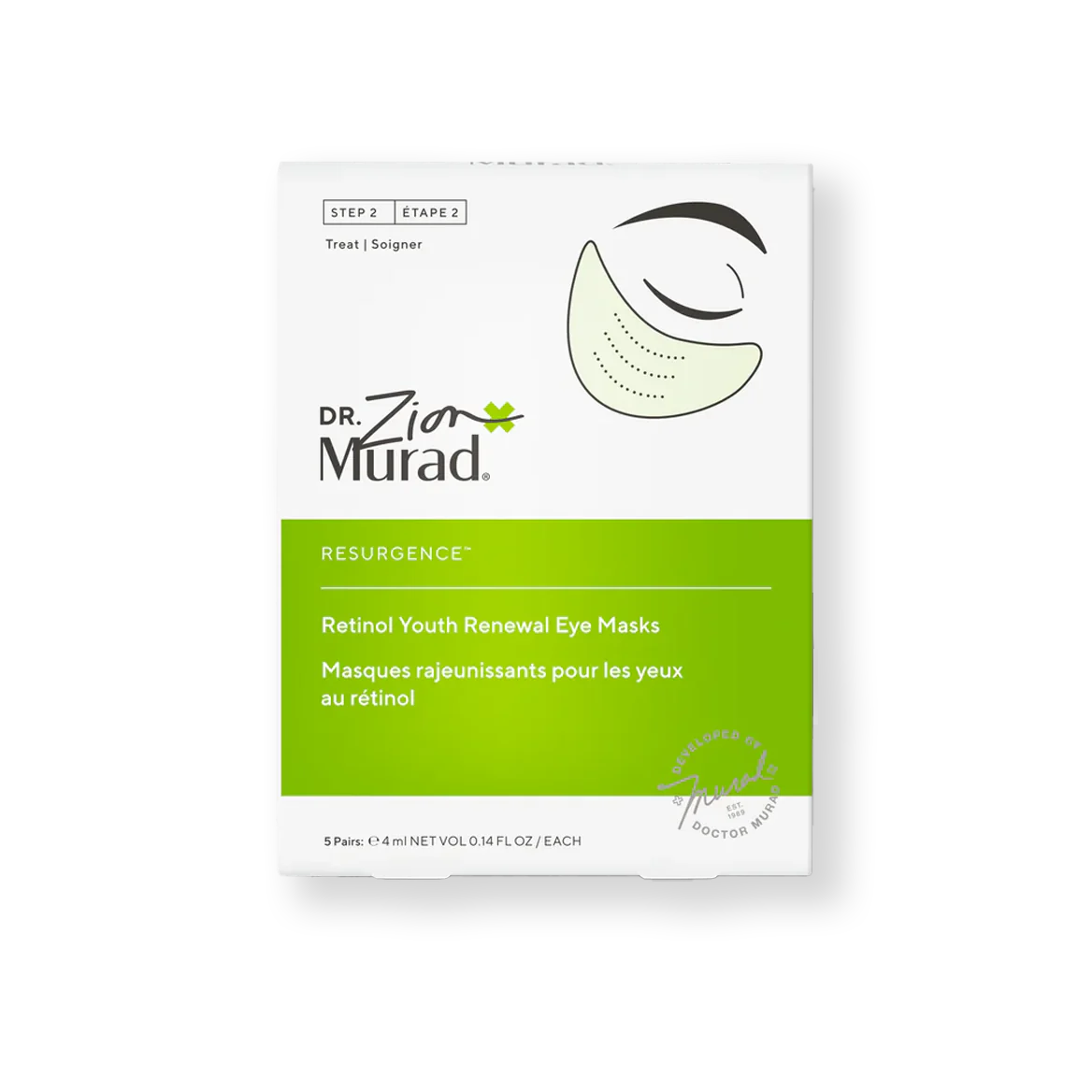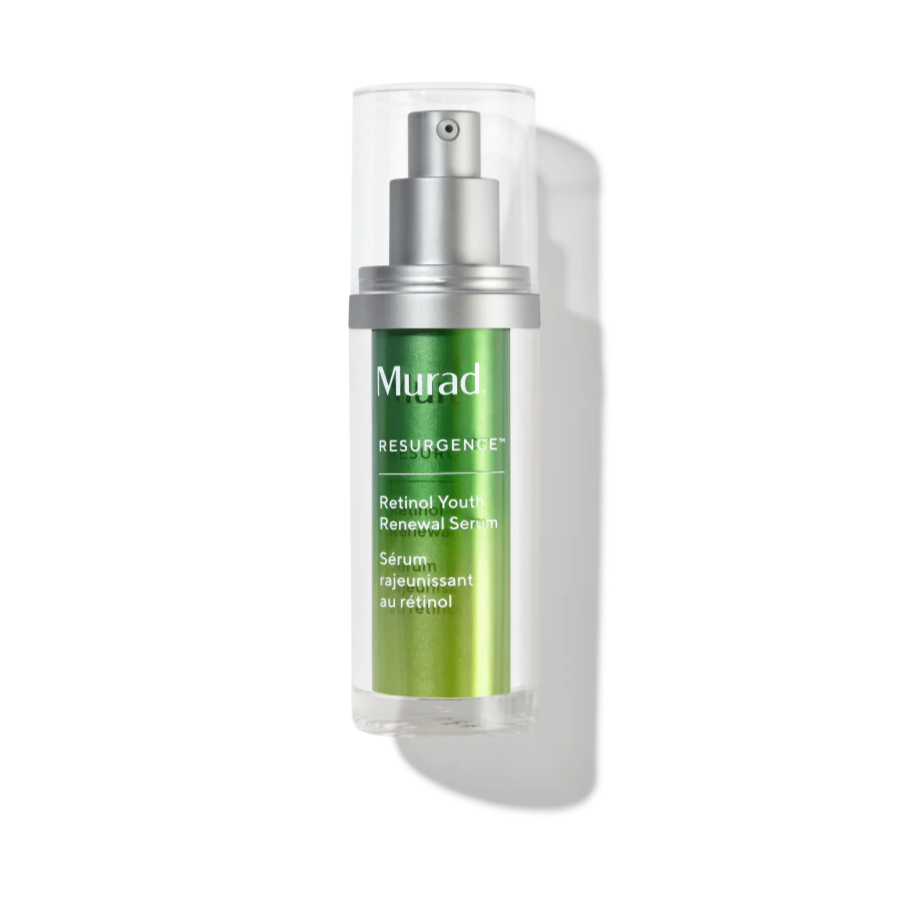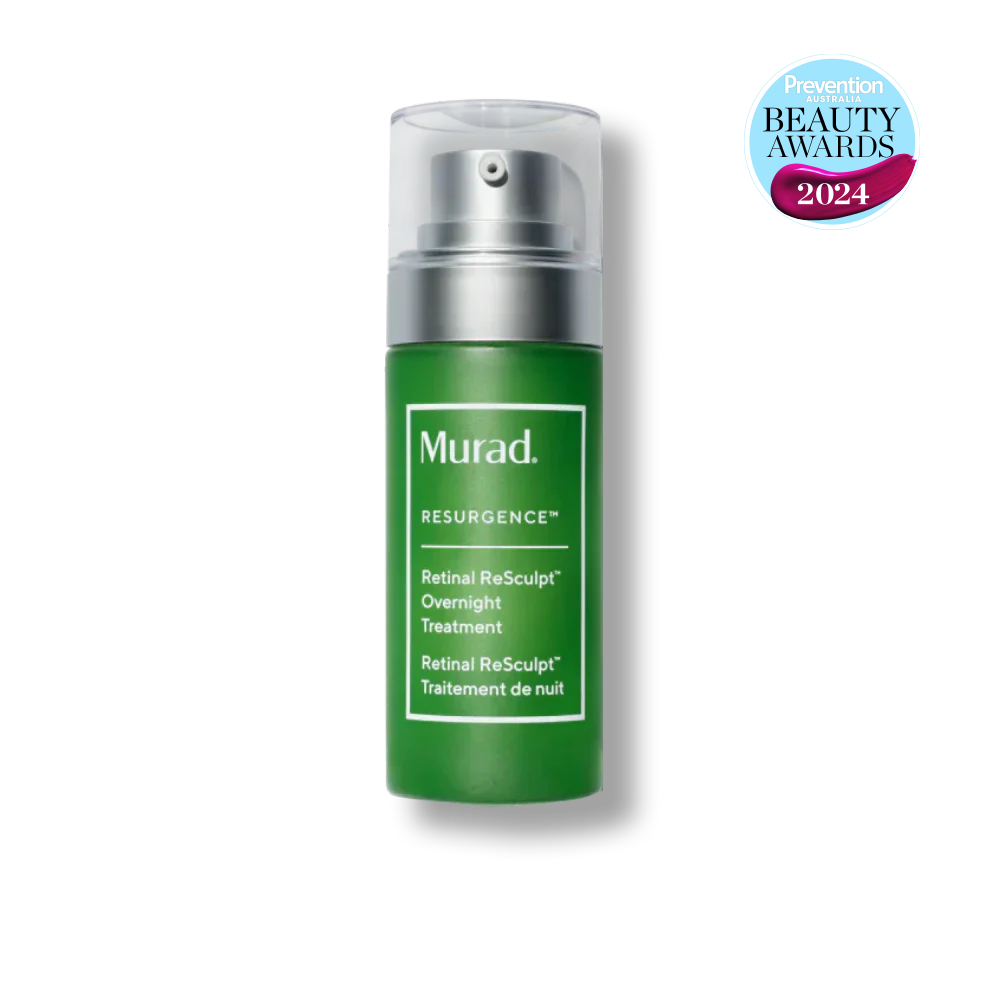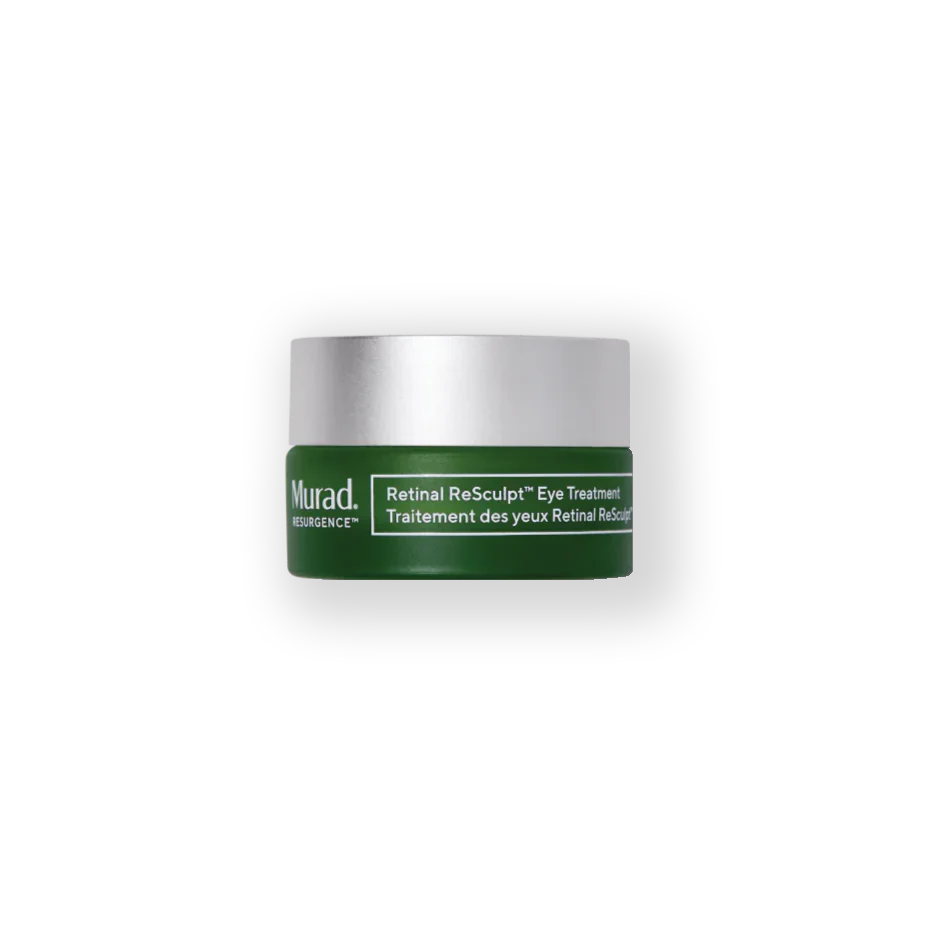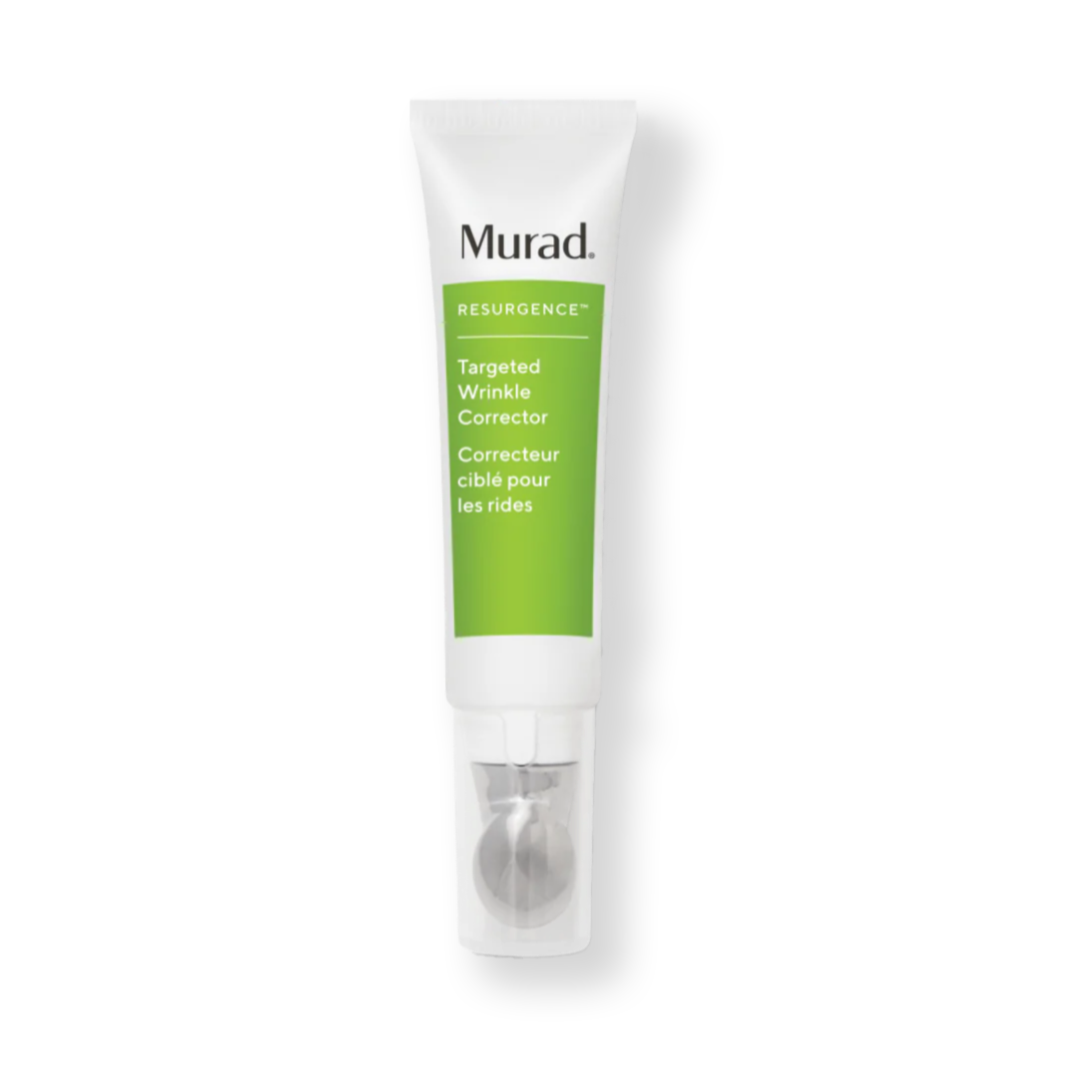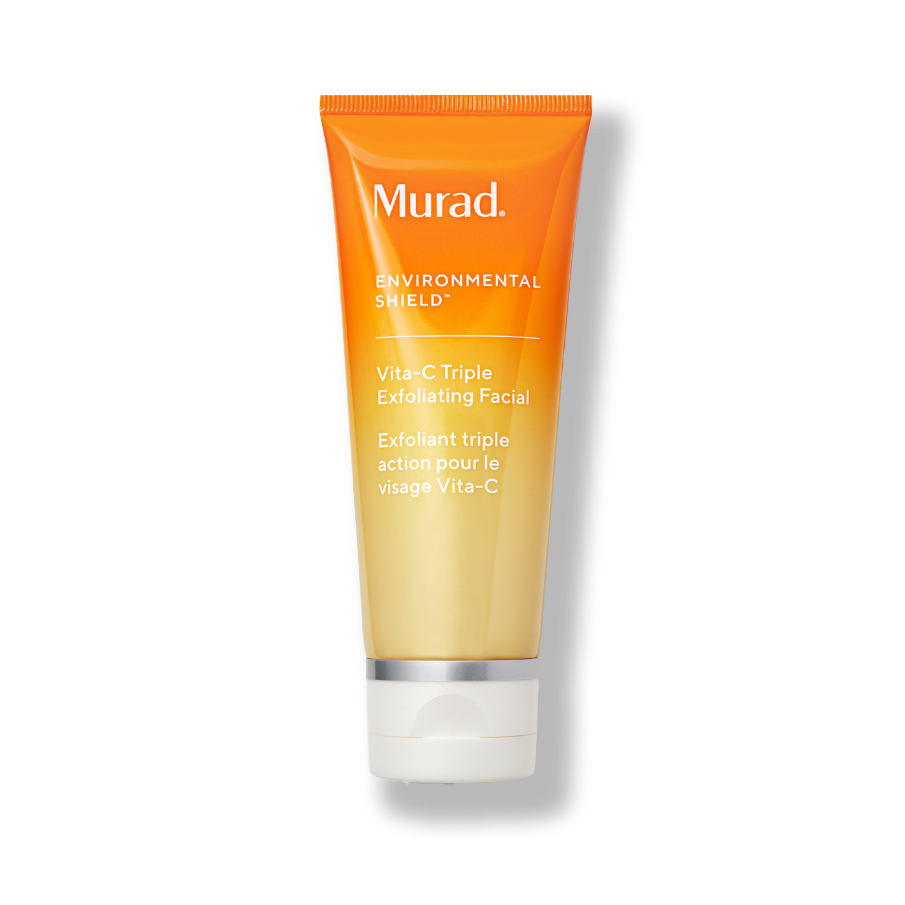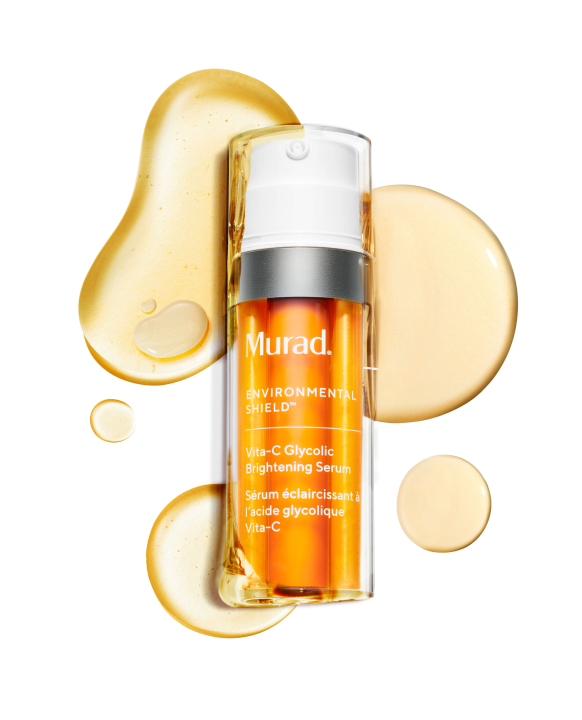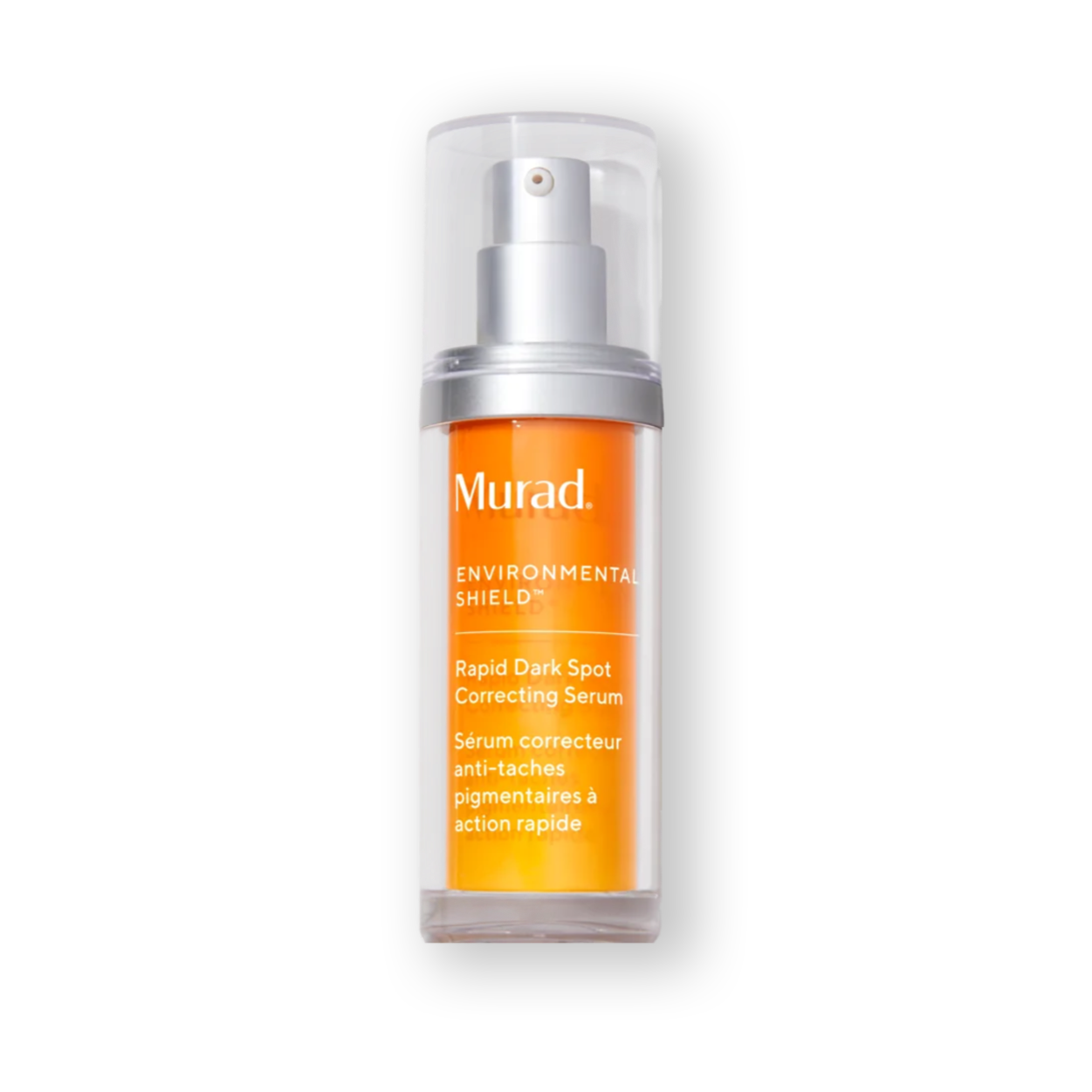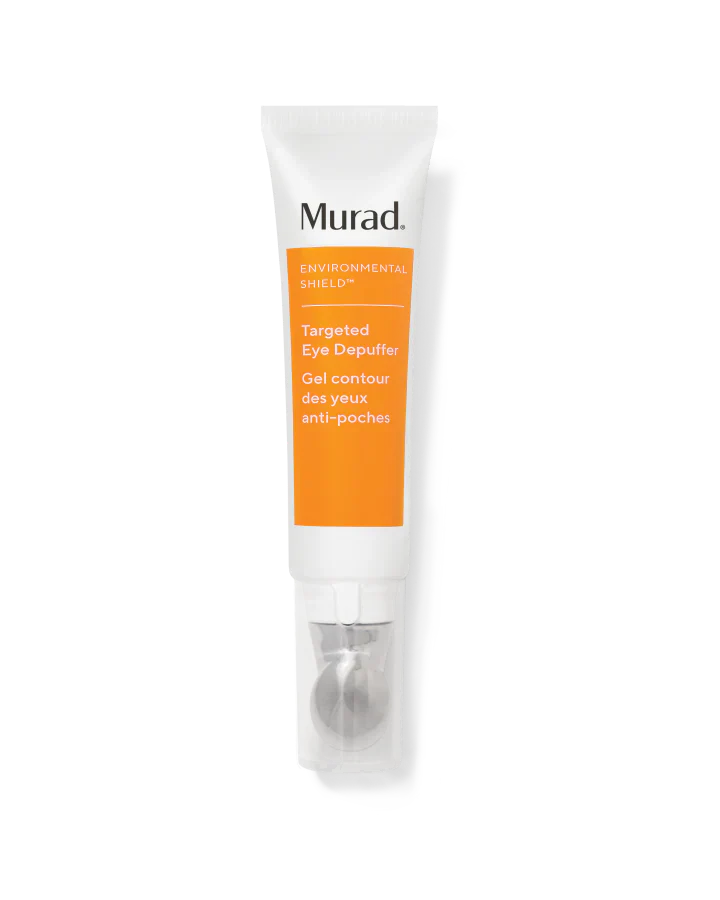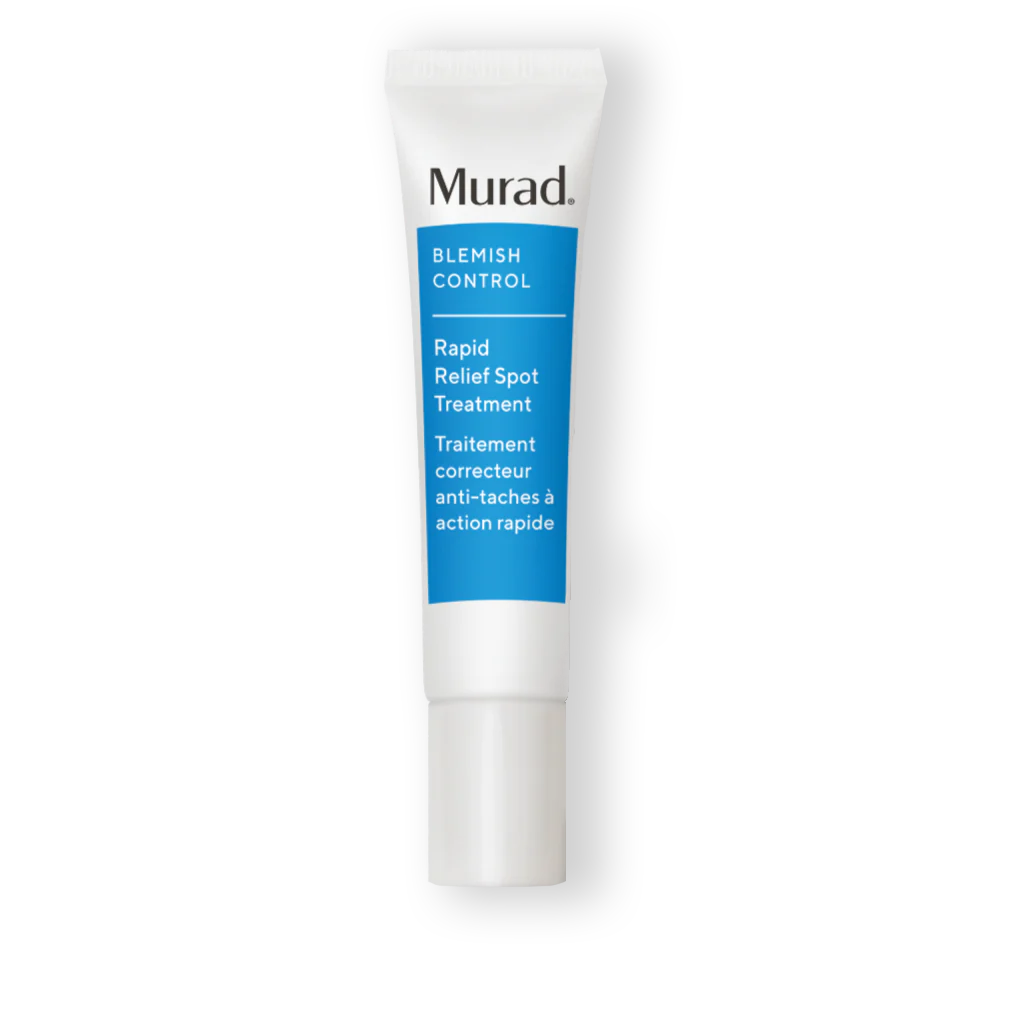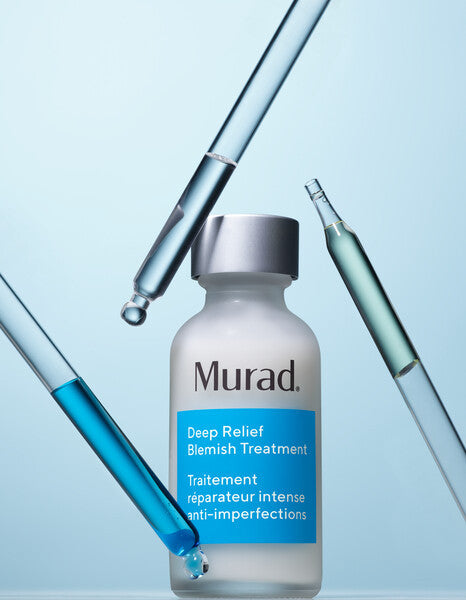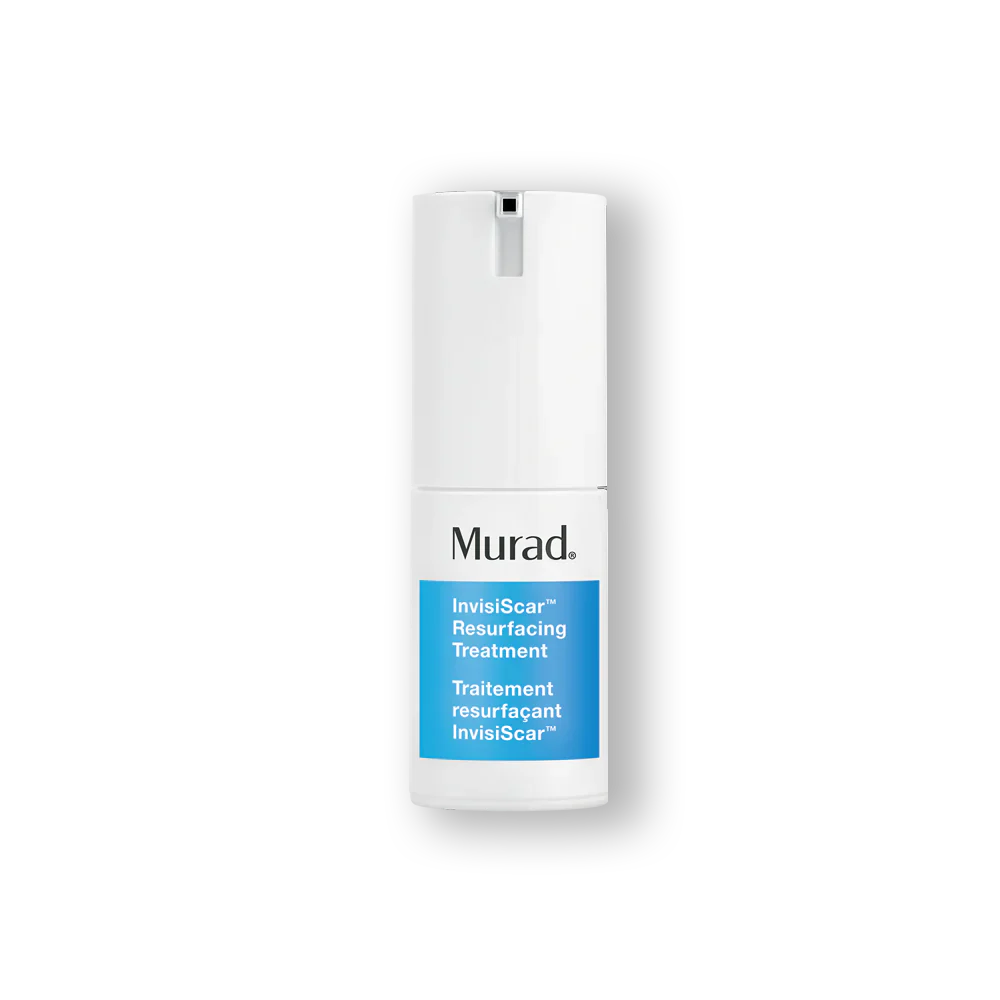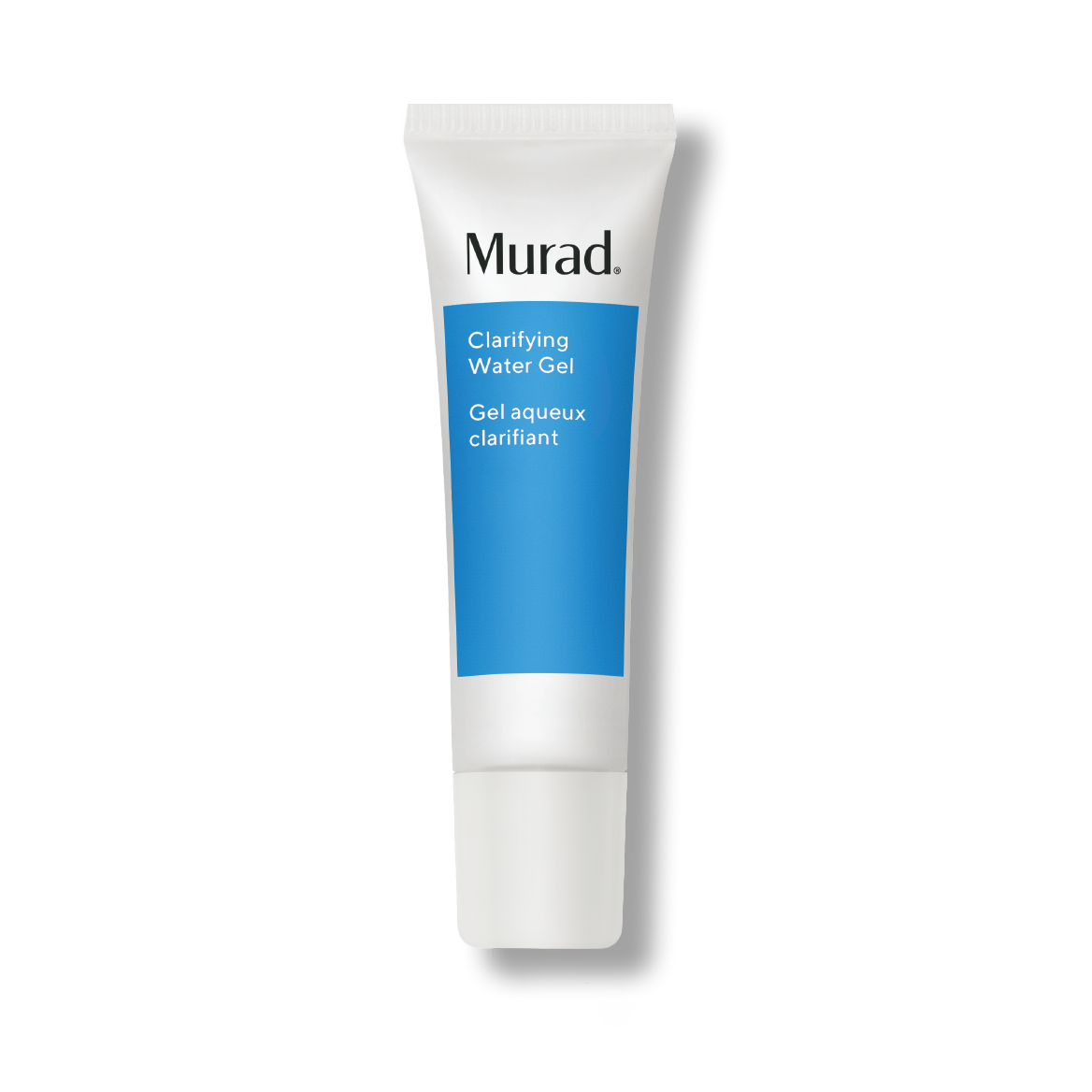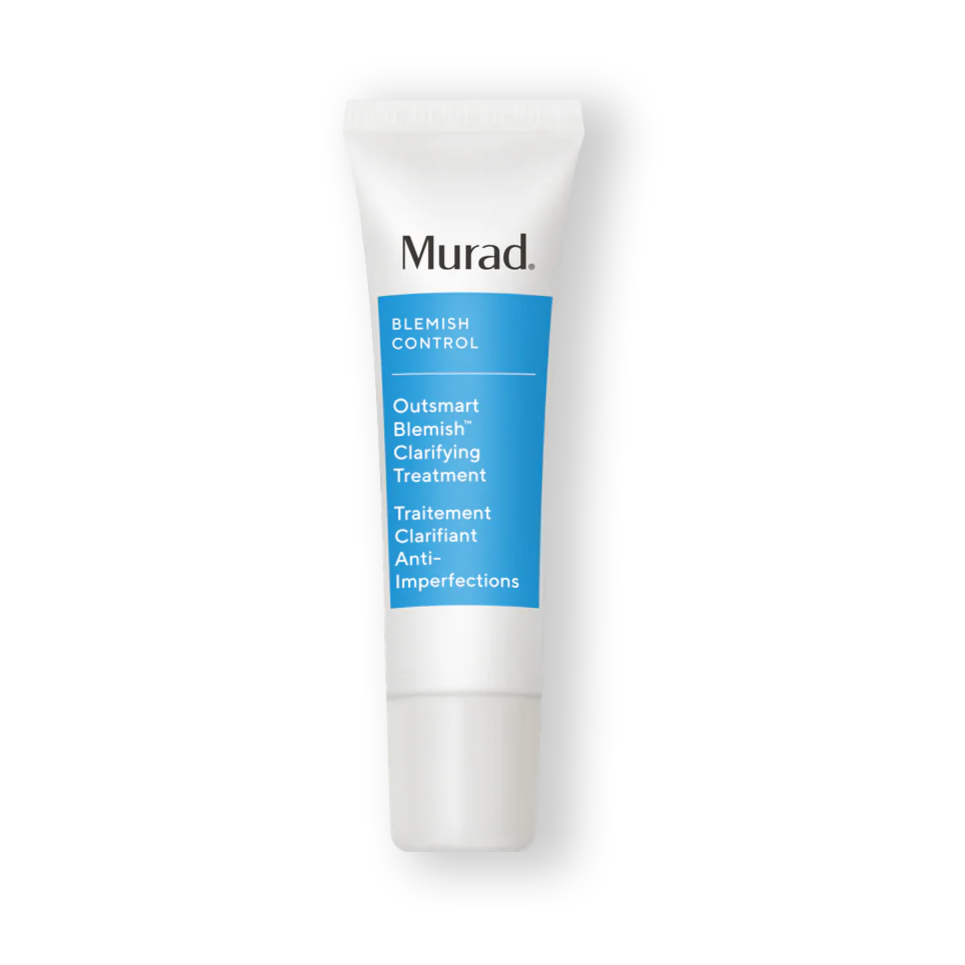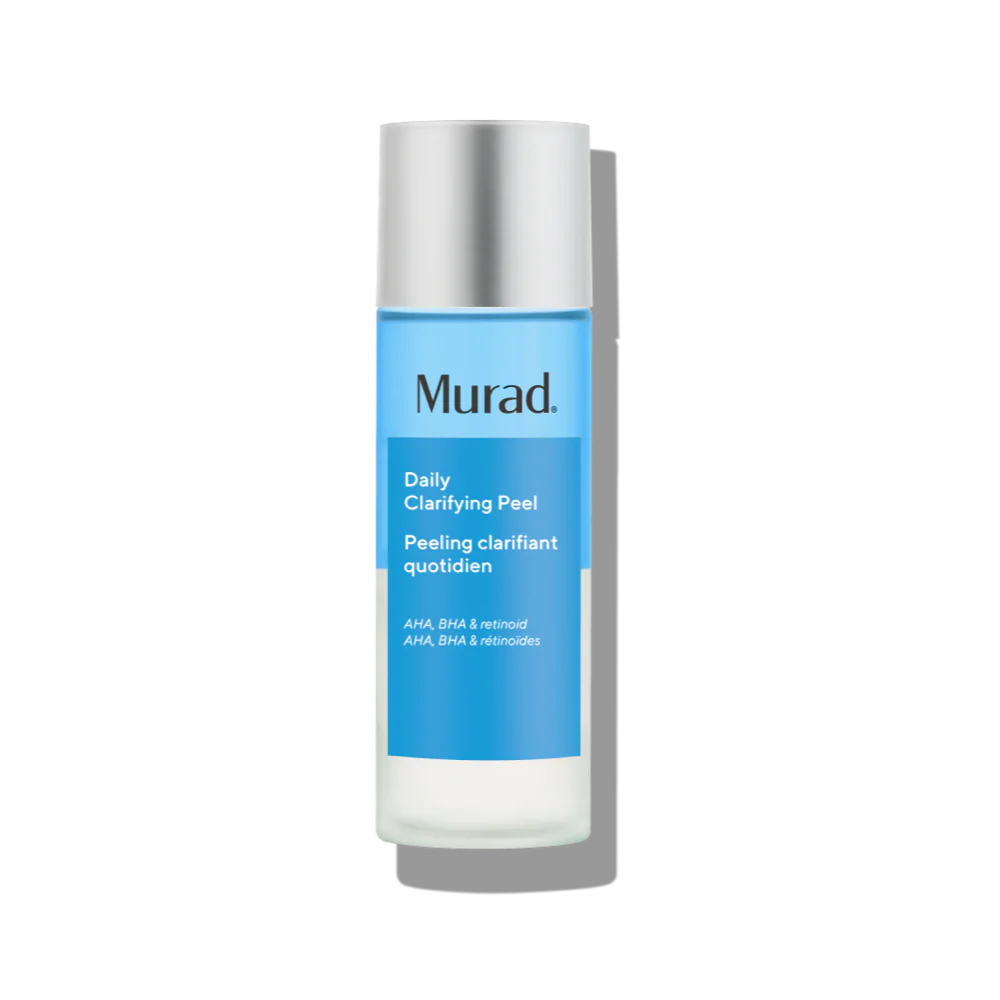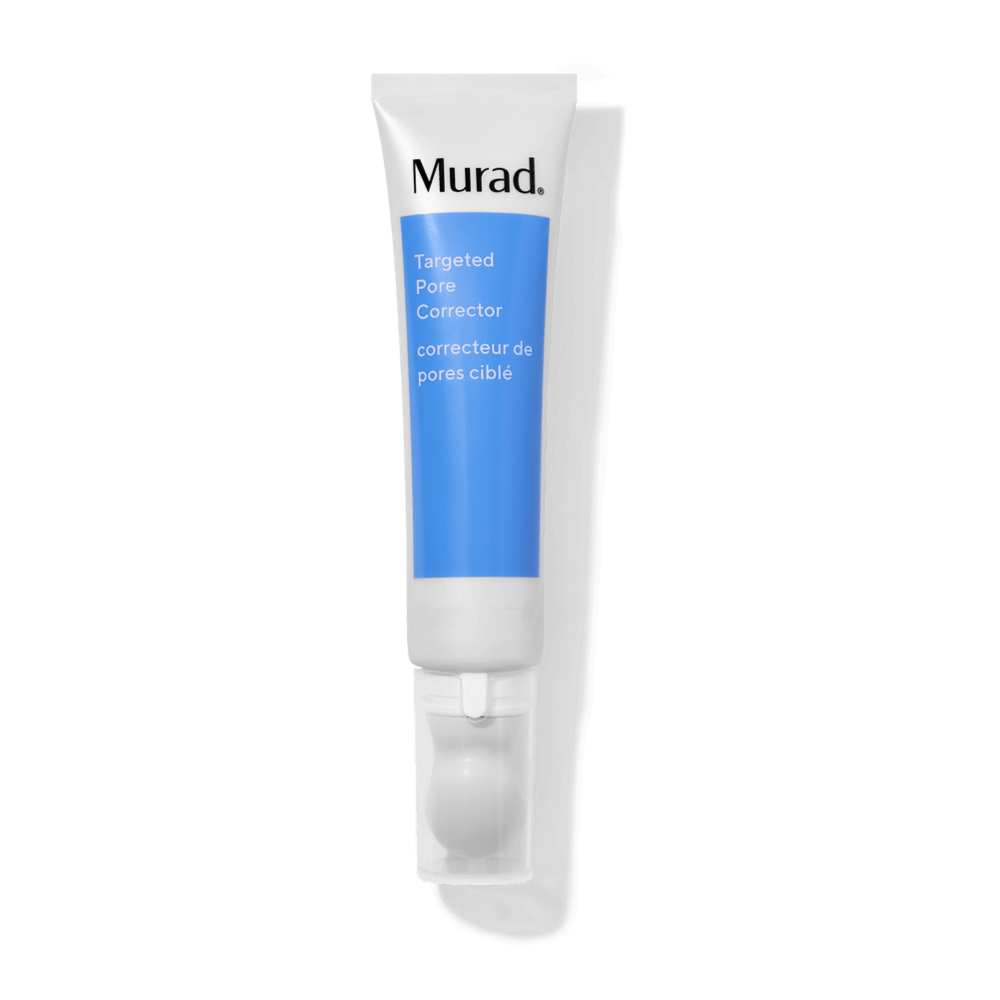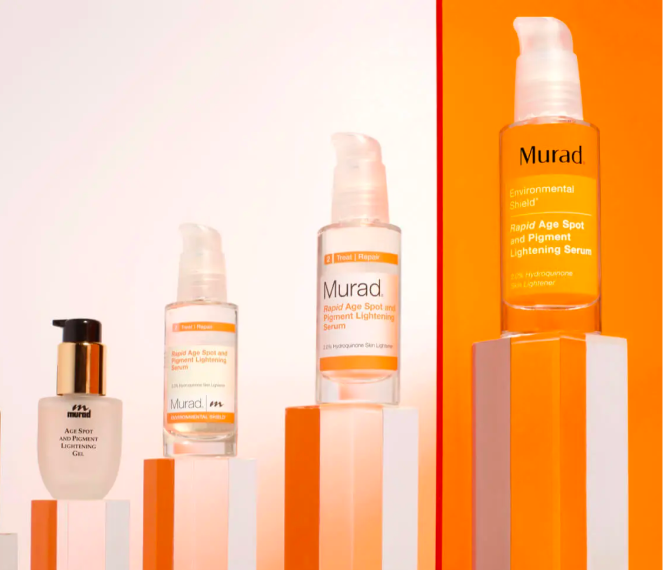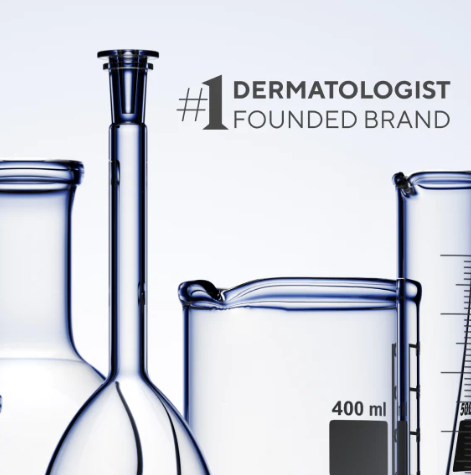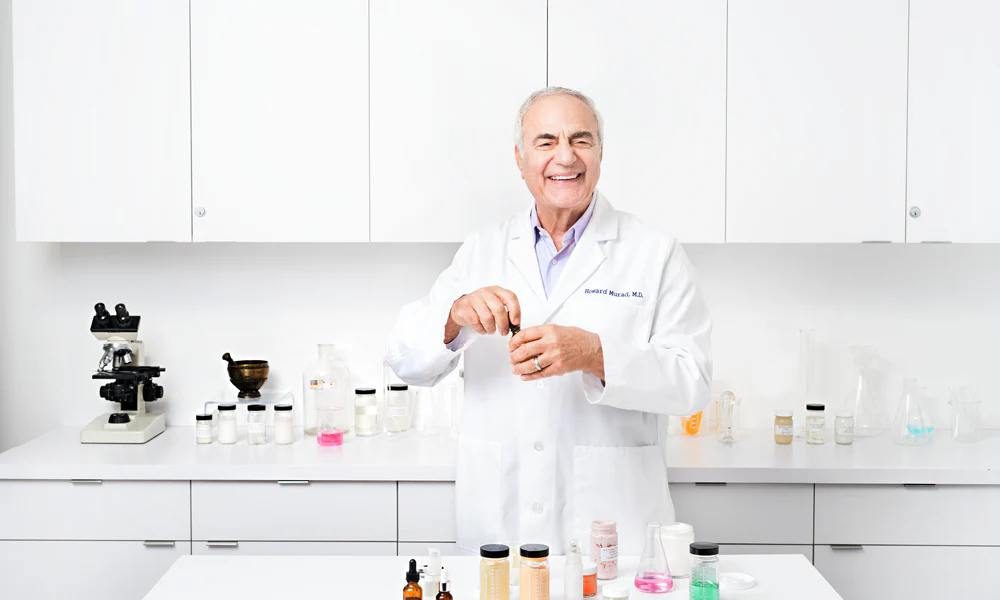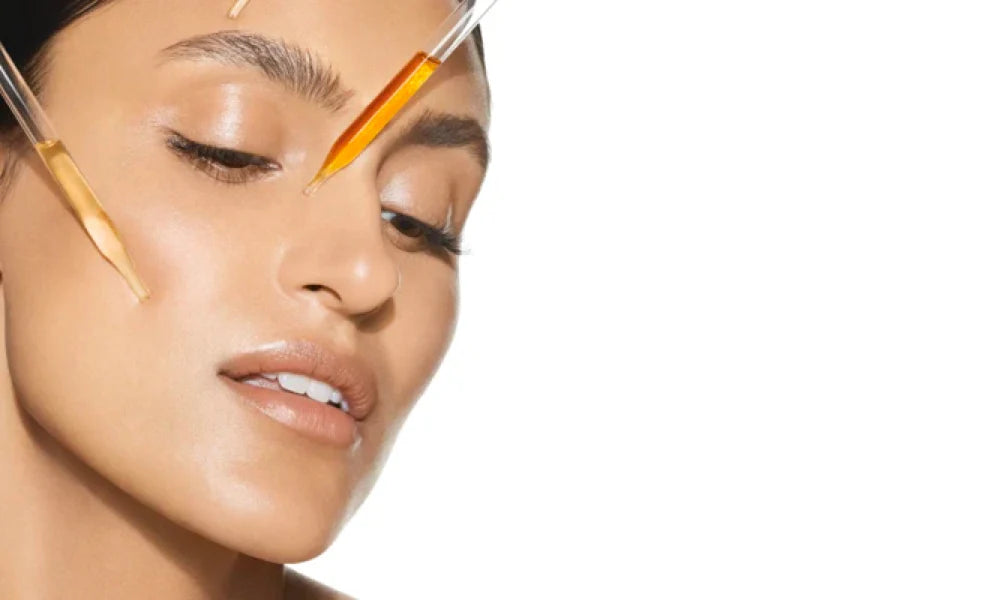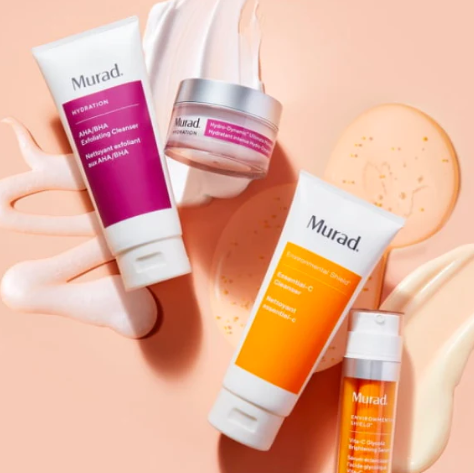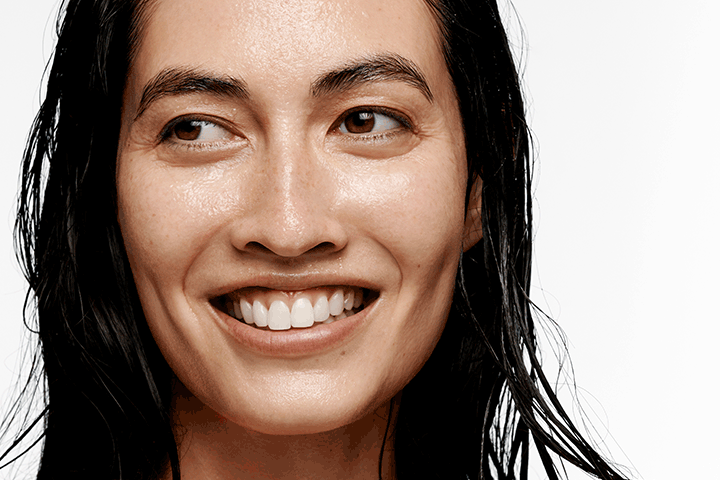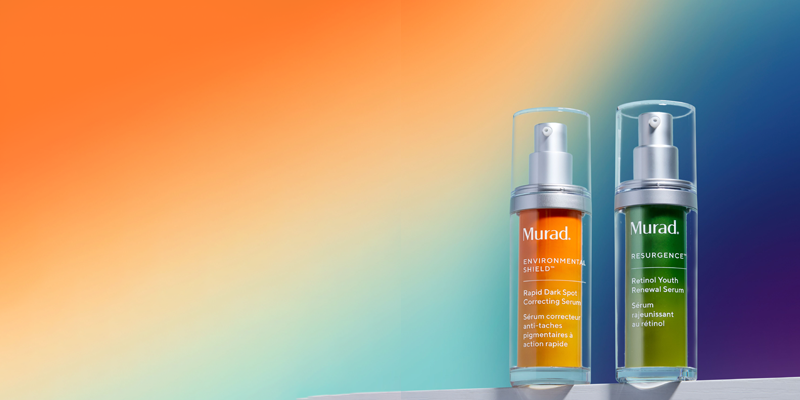Dairy and Acne - Myth or Fact?

What is acne?
Acne is a very common skin condition affecting close to 10% of people around the world - and 35-100% of teenagers in certain countries (1). It typically starts in puberty, alongside a surge in hormones, but it can persist into adulthood and for some people it may develop for the first time as an adult. The appearance of acne varies but usually includes a combination of blackheads and whiteheads (known as comedones), small red bumps (papules) and pus-filled spots (called pustules). The skin is typically oily and there may also be some hyperpigmentation, redness, and in severe cases, cysts and scarring. Although acne is not life threatening, it can be extremely painful and can cause a significant amount of emotional distress and low self-esteem.
What causes acne?
Acne occurs when follicles in the skin become blocked due to a combination of excessive oil production and dead skin cells. This also makes the perfect environment for acne-causing bacteria (Propionibacterium acnes) to thrive and trigger inflammation and spot formation.
The exact cause of acne is unlikely due to one thing, but multiple factors . Puberty, genetics, hormonal changes and conditions (such as polycystic ovarian syndrome), certain medications, and cosmetics are all associated.
Does dairy cause acne?
There are a lot of myths when it comes to diet and acne, and while nutrition can influence our skin health, research has not found that any particular food causes acne. Foods that are commonly associated with acne include milk and dairy products. The truth is that, while there’s plenty of anecdotal evidence from people reporting their acne flares up after consuming milk or dairy , there is little good quality evidence from scientific studies to back this up. A few studies have found a link between dairy intake and the risk of acne, but the type of studies cannot provide a direct ‘cause and effect’ relationship (2-4).
A 2018 study looking at dairy intake and acne in children, adolescents and young adults found a higher risk of acne in people aged 7-30 years old who consumed dairy (3) Interestingly, acne was more likely to occur in people who consumed low fat and skimmed milk. The researchers speculate this might be because people often consume a higher volume of low fat and skim milk than full fat/whole milk. Another study found a relationship between milk consumption and acne, but no relationship with yogurt or cheese (4). The studies included in these reviews were of varying quality and also rely on participants recalling what they ate years previously - which is rarely very accurate as most people don’t recall what they ate last week or last month.
Researchers have come up with a few theories about how consuming dairy might affect acne with many speculating it is due to natural, or artificially added, hormones in milk such as growth hormone and Insulin-like growth factor (IGF-1) (5). Milk naturally contains IGF-1 (as well as other hormones and compounds) which may influence acne by increasing sebum production in the skin.
Takeaway
We don’t have direct evidence to say dairy products make acne worse but for some people there does appear to be a link. I don’t advise that all people with acne remove milk or dairy unless they have personally found it triggering for their skin. Milk and dairy is also an important source of protein and calcium in the diet, so if you do decide to remove it, it’s always best to do so with the support of a dietitian to ensure your diet remains balanced. In terms of the best diet for acne, there is no perfect diet but it seems that following one which similar to that of a Mediterranean- diet i.e. rich in colourful fruit and vegetables, nuts and seeds, wholegrains and legumes, olive oil, fish and seafood, moderate consumption of dairy, and lower intakes of red and processed meat, and alcohol. This diet is also lower in sugar and refined carbohydrates (referred to as high GI foods) which may worsen acne in some people by spiking blood glucose and insulin levels (5).
References.
(1) Heng, A.H.S., Chew, F.T. Systematic review of the epidemiology of acne vulgaris. Sci Rep 10, 5754 (2020). https://doi.org/10.1038/s41598-020-62715-3 (2) Dai R, Hua W, Chen W, Xiong L, Li L. The effect of milk consumption on acne: a meta-analysis of observational studies. J Eur Acad Dermatol Venereol. 2018 Dec;32(12):2244-2253. doi: 10.1111/jdv.15204. Epub 2018 Sep 5. PMID: 30079512. (3) Juhl, C. R., Bergholdt, H., Miller, I. M., Jemec, G., Kanters, J. K., & Ellervik, C. (2018). Dairy Intake and Acne Vulgaris: A Systematic Review and Meta-Analysis of 78,529 Children, Adolescents, and Young Adults. Nutrients, 10(8), 1049. https://doi.org/10.3390/nu10081049 (4) Aghasi M, Golzarand M, Shab-Bidar S, Aminianfar A, Omidian M, Taheri F. Dairy intake and acne development: A meta-analysis of observational studies. Clin Nutr. 2019 Jun;38(3):1067-1075. doi: 10.1016/j.clnu.2018.04.015. Epub 2018 May 8. PMID: 29778512. (5) Dall'Oglio F, Nasca MR, Fiorentini F, Micali G. Diet and acne: review of the evidence from 2009 to 2020. Int J Dermatol. 2021 Jun;60(6):672-685. doi: 10.1111/ijd.15390. Epub 2021 Jan 18. PMID: 33462816.

